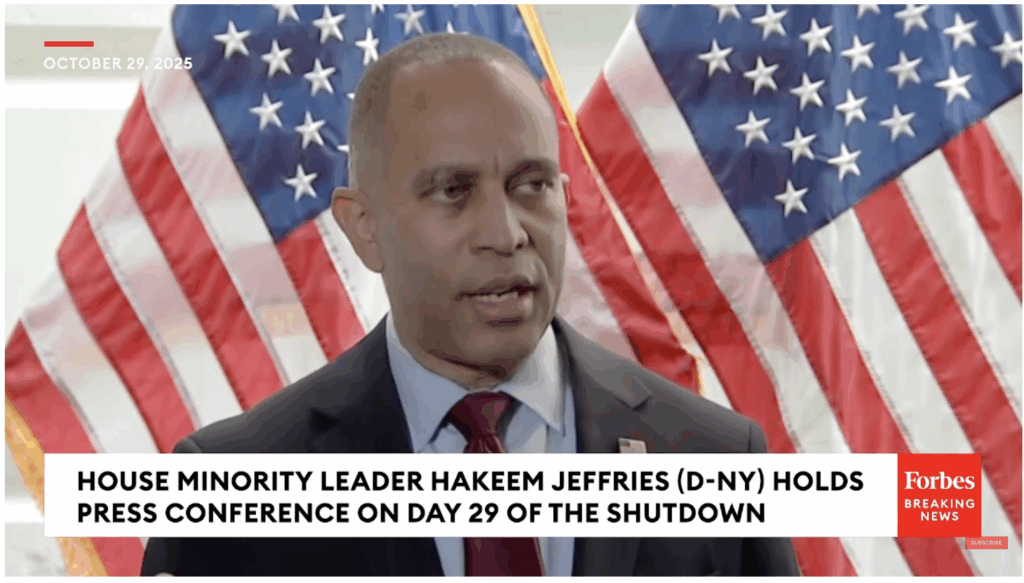House Democrats in swing districts are quietly stepping away from a major labor demand, and that shift matters for how voters see priorities and power in Washington. This article examines why the most at-risk Democrats ignored the largest federal employee union’s call for a clean continuing resolution, what that means for federal workers, and how Republicans can frame the split. The goal is a clear look at the political calculation, the practical costs of funding fights, and the likely fallout as both parties head toward the next cycle.
The most electorally vulnerable House Democrats turn their backs on the largest federal employee union and its call for a clean CR. That move reflects a tightrope act: sitting members want to avoid being painted as soft on spending fights or hostage to union demands while also avoiding a messy public fight with labor groups. For many, the short-term electoral calculus outweighs the longer-term coalition management that comes from standing with organized labor.
A clean CR, broadly understood, would fund government operations without inserting controversial policy riders or expansive new spending authorizations. Unions pushed for that path to protect federal paychecks, benefits, and agency missions from partisan bargaining. Vulnerable Democrats rejecting the clean approach signals that political survival and district messaging are trumping assurances to the federal workforce.
From a Republican viewpoint, this split is an opening. It underlines an uncomfortable truth for Democrats: alliances can fray when electoral pressure rises. Republicans can point to the inconsistency between public promises and private votes and emphasize fiscal responsibility and accountability instead of automatic support for party-line positions.
There are real consequences beyond political theater. Uncertainty about a clean CR increases anxiety for federal employees who depend on predictable appropriations to plan staffing, programs, and services. When lawmakers prioritize narrow political calculations over stable funding paths, everyday operations at agencies suffer and morale can erode among career civil servants tasked with delivering public services.
Legislatively, this fracture complicates the path to timely funding. If vulnerable Democrats withhold support for a clean CR to avoid union pressure, that forces leadership to cobble together coalitions from both sides of the aisle or accept stopgap measures with strings attached. Those patchwork fixes often create more headaches later and invite blame from voters who want steady government, not ongoing drama.
Messaging in the districts will be decisive. Voters in mixed or conservative-leaning areas will hear two competing explanations: that representatives stood up to special interests, or that they abandoned workers to preserve political careers. Republicans will likely spotlight the inconsistency and urge voters to weigh promises against outcomes when casting ballots.
What happens next depends on whether union leadership escalates with endorsements and spending, and whether national Democratic leaders can persuade vulnerable members that solidarity is worth the political risk. Either way, the decision to spurn the largest federal employee union’s demand for a clean CR shifts the story from policy to politics, and it raises questions about who wins and who pays when Capitol Hill fights take precedence over steady governance.



